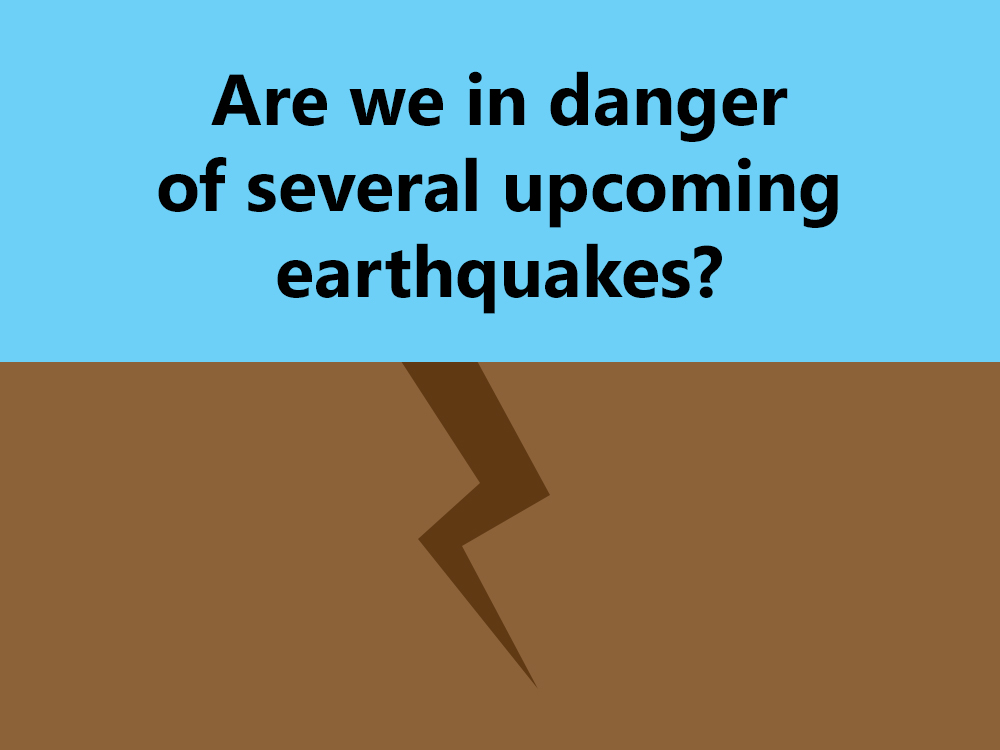I was preparing a stick comic for my friend for his birthday. Jan 4, 2016. This is when I asked Cortana to update me with the latest news.
“Yes, Chief. An earthquake of magnitude 6.7 struck Manipur!”
Something lured me back to April 2015.
The first terror of the month I saw was MSN screaming “Earthquake of 7.8 hit Nepal; Shock felt in Delhi and North India!”
I called my friend and assured that he was safe.
I met Shanmu Uncle that night and he said that he believe an impending tremor may hit North India in near future.
“What do you thing earthquakes are?”
“Our Earth is not a giant lump of rock as it looks. It is like hot, molten core bubbling away inside a surprisingly thin outer crust and the outer crust can be divided into tectonic plates that move. When two tectonic plates collide, earthquakes are formed.”
“When the jagged edges of two tectonic plates grind against one another a fault line or a zone arises. Most earthquakes arise along such fault zones. The ground first bends and then snaps—an earthquake—to release energy along faults.”
“It starts at a point inside Earth called the focus where the moving plates are in contact, then travels through the ground as very low-frequency sounds called shock waves or seismic waves. The greatest damage happens at the epicenter, which is the point on Earth’s surface above the focus. Earthquakes continue until all the energy released at the focus has been safely dissipated. Even then, there’s still a chance that further earthquakes, known as aftershocks, will happen for some hours or even days afterward. And what happened in Nepal was the same. A major quake followed by several aftershocks.”
“But, those tremors would have relieved the energy? Why do you think a major one would occur?”
“As of now, I am uncertain. But some experts say that the energy was not completely dissipated. They still believe that it has just caused re-rupturing of the Himalayan plate.”
——-
Jan 6, 2016
Despite being third in FB trends, it was the first one to catch my eye.
In a post-Nepal disaster assessment, the MHA’s National Institute of Disaster Management (NIDM) has warned of increased risk around the “ring of fire garlanding the entire north India especially the mountains”.
Again, at Shanmu Uncle’s House,
“The ministry believes that the tectonic shift caused by a series of these recent earthquakes in the region [Manipur 6.7 (Jan 2016), Nepal 7.3 (May 2015) and Sikkim 6.9 (2011)] might have re-ruptured the plates that had already developed cracks during previous tremors thereby leading to conditions that might trigger multiple, if not, at least 4 earthquakes which may go up to 8.0 in magnitude. And unfortunately, since ritcher scale is logarithmic, not a linear one as many believe, this might leave hit not only the states, which fall under the severe seismic Zone V*, but also Delhi, which is classified under the less severe seismic Zone IV* in severe danger !”
“Is there anything the government could do about this?”
“The Government is trying to reduce the damage that these earthquakes would cause. This was also highlighted at a recent meeting organized by the Centre in Arunachal Pradesh’s capital Itanagar where policy-makers from 11 hill states had participated and resolved to develop a common building code for mountains.”
————————————————-
Written by S G A Thomas.
*Foot note 1:
* India is divided into four seismic zones. The most active Zone V comprises of the whole of north-east, parts of north Bihar, Uttarakhand, Himachal Pradesh, J&K, Gujarat and Andaman & Nicobar Islands. Delhi comes under Zone IV and is considered as one of the high-risk areas. To Know more: https://en.wikipedia.org/wiki/Earthquake_zones_of_India





